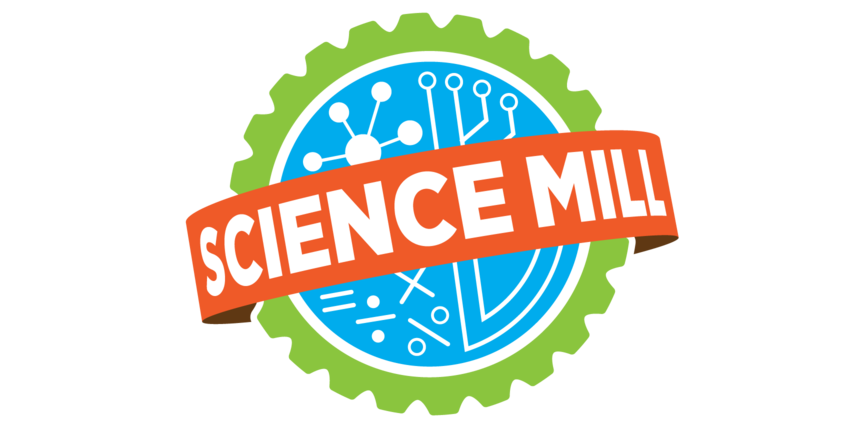Ask any science teacher, and they'll tell you: students understand best when they can touch, see, and experience a concept in action. Reading about energy, light, or motion is one thing. Watching those forces come to life in real time is something else entirely.
But finding meaningful hands-on experiences outside the classroom can be a challenge. Not every field trip checks both boxes: fun and academic value. Many places offer excitement but little alignment with your science standards. Others are educational but may feel too passive to spark lasting curiosity.
The Elements of Effective Hands-On Learning
So what does it look like when a field trip truly supports active, standards-based science learning?
It means students are doing the THINKING. They're manipulating tools, testing ideas, observing real phenomena, and asking their own questions. A great hands-on science experience feels like play, but underneath it all, they're engaging deeply with content that connects back to what you're teaching in the classroom. Rather than taking time away from your curriculum, these experiences reinforce and deepen understanding of the concepts you're already covering.
How This Philosophy Works in Practice
At the Science Mill, a nonprofit STEM museum in Johnson City, Texas, exhibits are designed to create exactly that kind of learning moment.
Take the Light Loom exhibit, for example. Inside a towering silo, a glowing rope of light is suspended from above. Students interact with it using touch-free sensors that control red, green, and blue LED lights. As they explore different combinations, they discover how these primary colors of light blend to create new colors like: yellow, cyan, magenta, and even white when all three overlap.
What makes this experience particularly valuable is that it's tied directly to science standards across grade levels. Whether you're introducing basic light observation in kindergarten or exploring wave behavior in eighth grade, students engage with the same real-world principle from a developmentally appropriate angle.
The experience also opens the door to meaningful classroom extensions:
Mix red, green, and blue light using flashlights and colored filters
Compare how light mixing differs from mixing paints
Have students draw or model how white light separates into colors using prisms, water droplets, or chalk art
Explore real-world examples of additive color in technology, like computer screens or stage lighting, and discuss how they use red, green, and blue to create images and effects
Inquiry questions that naturally emerge include:
Can we create white light by mixing colors?
Why do we see different colors depending on how light hits an object?
What's the difference between additive and subtractive color?
PLANNING YOUR NEXT SCIENCE FIELD TRIP
When planning your next science field trip, look for experiences that put students in the driver's seat. The most effective hands-on learning happens when students feel like scientists themselves—questioning, testing, and discovering rather than simply watching someone else demonstrate.
A hands-on experience like this brings abstract content to life and supports deeper understanding. Students aren't just watching a demonstration—they're part of it.
If you're looking for a place where students can explore science concepts in a meaningful, interactive way, the Science Mill offers field trips for grades K-8 that align with TEKS and inspire lasting engagement. Discover dozens of interactive exhibits you can’t find anywhere else located in our historic building in Johnson City, only an hour from Austin or San Antonio.
Field trip reservations for the 2025-2026 school year are now open. Plus, you can get our popular 45-minute Learning Labs for just $4 per student (regularly $6) when you book a fall field trip! These TEKS-aligned labs are taught by our education team and include career connections.
Dates fill up early so make sure to reserve yours soon!


